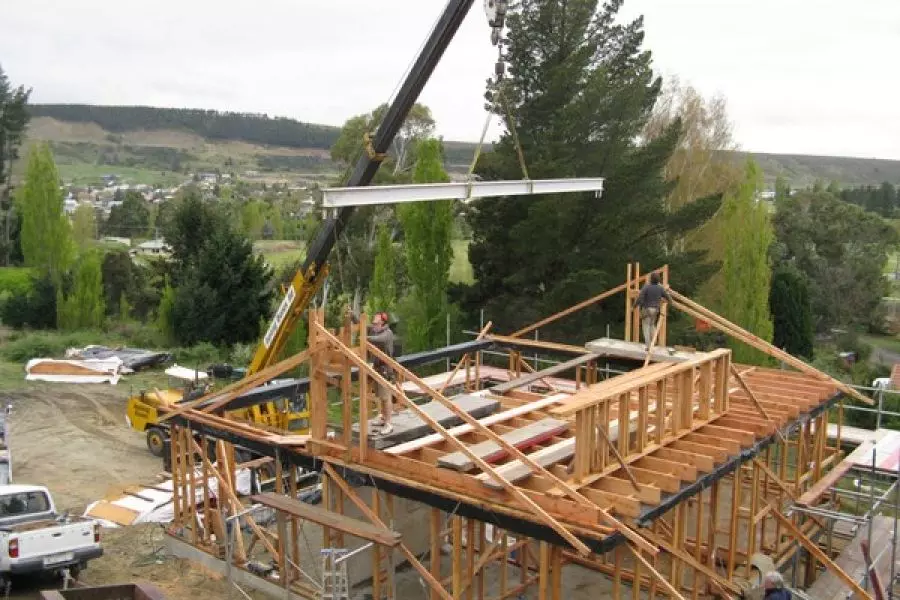News
Consents at 44 year high

Friday 1st of March 2019
A total of 33,576 new dwellings were consented nationwide in the year ending January 2019, according to the latest data from Stats NZ.
Once seasonally adjusted, this was an increase of 17% in January 2019.
Further, in the month of January 2496 new dwelling consents were issued, which was an increase of 30.3%, as compared to January last year.
Stats NZ construction statis...
Want to read the full article?
Click the button below to subscribe and will have unlimited access to full article and all other articles on the site.






![[The Wrap] Bye Bye Bayly](https://goodreturns.publit.io/file/c_fill,w_900,h_600/39f23ac1-f7c7-4854-b700-a150004ebbac.webp)


